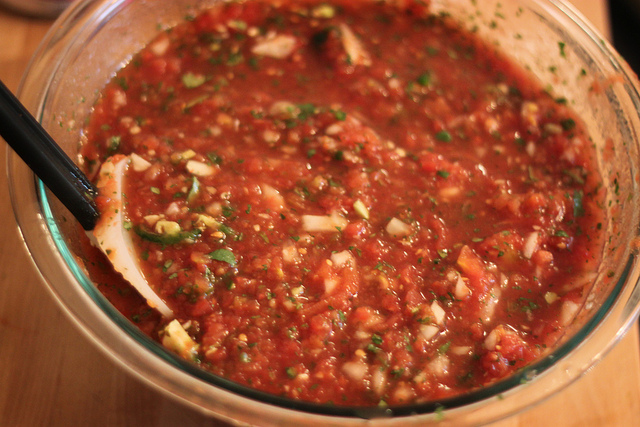Getting to the bottom of gastrointestinal trends
Diet trends change seemingly every day, and recently there‘s been some buzz about administering enemas or colonics to help cleanse the body and shed a few lingering pounds.
However, Dr. Yamini Natarajan cautions against following these diet fads.
“What many people don’t understand when they self-administer an enema or colonic is they are often clearing out good bacteria that live in the gut, which could result in inadequate nutrient absorption by disrupting the microenvironment and electrolyte levels,” she said. “Other serious complications such as perforation of the bowel can occur, which would require medical attention.”

The colon, or large intestine, has many functions. It is shaped like an upside down “U” in the belly. In addition to storing waste, or stool, the colon helps regulate the amount of salt and water in the body. It also stores healthy bacteria that digest some of the waste products.
Natarajan explains that enemas are a procedure used to treat constipation, often in people with spinal or nerve dysfunction, and are used as a last resort after other medications and options have been exhausted.
“Enemas are uncomfortable, and without reason, there is no real medical benefit. Colonics can be very expensive and there is little tested medical benefit. Much like many other popular cleanses on the market, there is a lot of misinformation out there, little regulation of ingredients, false claims of efficacy and no proven benefits.”
Colonoscopy prep

In addition to being aware of the dangers of colon cleanses, Natajaran also says it’s important to know about recent trends and options when preparing for a colonoscopy.
Colonoscopy prep has taken on a bit of a bad reputation in years past, with its seemingly endless amounts of liquid and need to be in close proximity to a restroom. However, Natarajan says not only has the prep process become much more manageable in recent years, but there are also ways to make the flavor and volume less intimidating.
“The volume of liquid patients are expected to consume is much smaller than many people realize, and it is much more about the timing of the doses now.”
One of Natarajan’s tips she shares with patients is to mix the prep liquid with another flavored, clear liquid, or to chill and flavor the drink with ice cubes made out of their favorite flavor of sports drink.
“It’s important to realize that there are options out there. Some brands require more water intake than others, so definitely don’t be afraid to ask your doctor about alternatives.”
Natarajan is an assistant professor of gastroenterology at Baylor College of Medicine.
-By Allison Mickey



